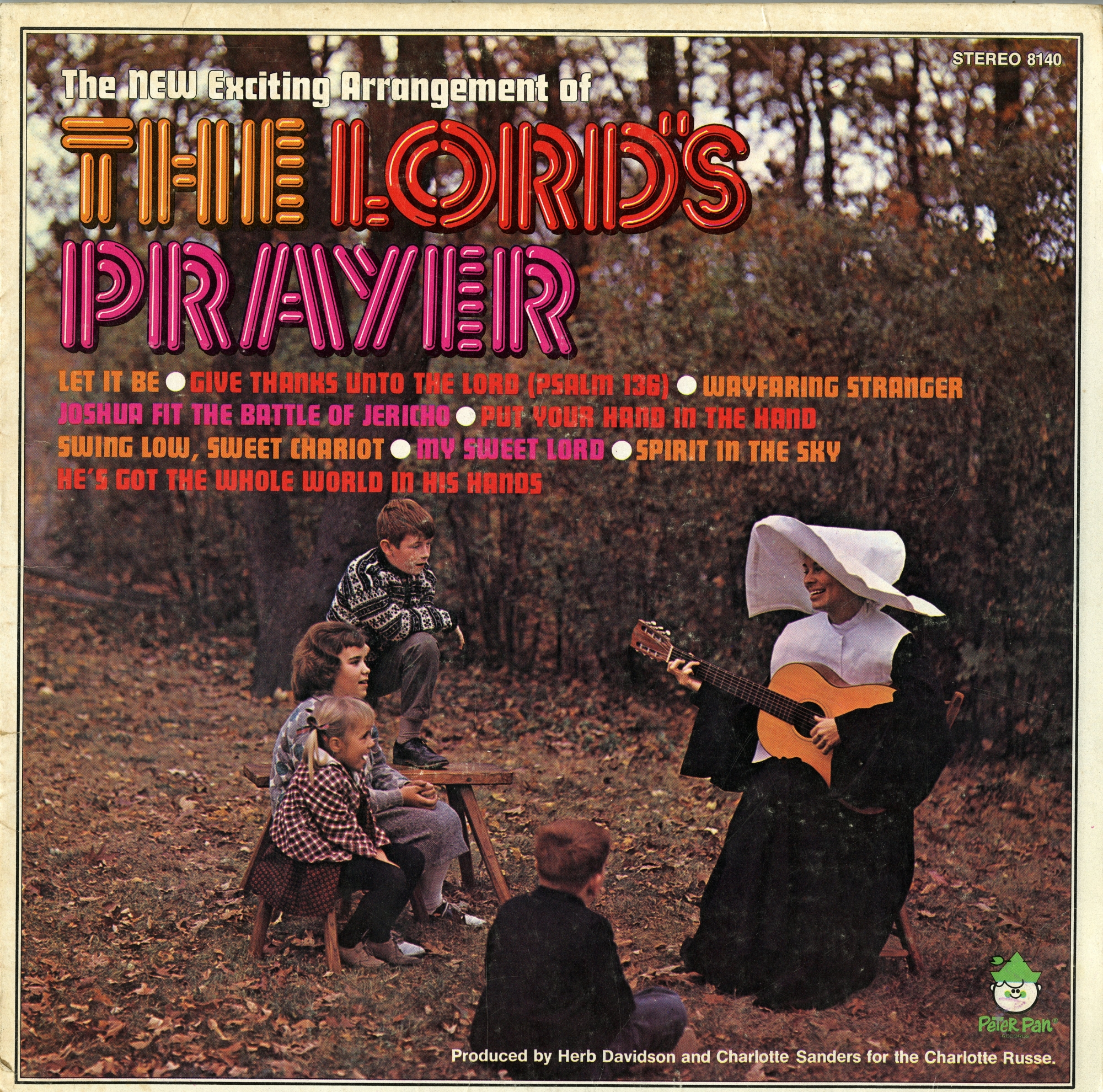Co-Principal Investigators include Henry Wellman and Margaret Evans.
We examine the development of prayer concepts, specifically concepts of petitionary prayer that makes requests of divine beings. Petitionary prayer is practiced by children and adults worldwide (BBC News, 2007; Pew Research Center, 2008; Pew Research Center, 2010). It is particularly interesting conceptually because it entails that we suspend many of our intuitions about the natural world. In our daily social interactions we lack telepathic skills and communicate by speaking aloud; further, we appreciate that people and objects are subject to inviolable laws of physics and biology. Yet, to fully grasp the significance of petitionary prayer requires that we conceptualize and believe: (1) in a being (God) who is not physically present yet can still perceive our words and, even more extraordinary, is aware of our unspoken thoughts; (2) that our prayers can yield physical outcomes without our physical intervention; and (3) that otherwise improbable or impossible phenomena (e.g., parting a sea, recovering from a terminal illness) are indeed possible with divine intervention.
Intellectual merit: Our research will examine how people come to represent these counterintuitive prayer concepts, a topic that can also shed light more generally on how counterintuitive spiritual ideas are cognitively represented and culturally transmitted. Limited prior research suggests that an understanding of prayer emerges and develops substantially during early and middle childhood (e.g., Bamford & Lagattuta, 2010; Woolley & Phelps, 2001), highlighting a particularly important period for research. But young children evidence cognitive limitations that may hinder their appreciating the three components of prayer described above, these include a difficulty conceptualizing extraordinary minds (Giménez-Dasí et al., 2005; Lane et al., 2010; Makris & Pnevmatikos, 2007); a disbelief that the improbable is possible (Shtulman & Carey, 2007); and disbelief in mental telepathy and psychokinesis (Bering & Parker, 2006; Woolley et al., 1999). Given such cognitive constraints, when and how do children fully grasp and believe in the goals and significance of prayer?
Research: To answer this question, Study 1 will examine when and how children and adults appreciate that an extraordinary being (the Judeo-Christian God) can perceive prayers, whereas ordinary humans cannot. Study 2 will examine reasoning about the efficacy of prayer relative to other psychological activities, like thinking and wishing. Critically, conceptual development is partly a function of culturally-provided information (Shweder et al., 2006). So, we will conduct studies with participants from different religious contexts. Moreover, we will collect data on participants’ religious background, including their exposure to and engagement in prayer. We will also assess other cognitive capacities that may support a developing understanding of prayer, including children’s ability to reason about improbable phenomena (Shtulman & Carey, 2007).
Broader impacts: Results from these studies will shed light on the cognitive and cultural foundations of prayer concepts that are held by millions of individuals worldwide, and in doing so will contribute to the cognitive science of religion. In particular, our studies will (a) contribute to understanding the cognitive and psychological dimensions of prayer, and will (b) serve as a cross-cultural comparative analysis of prayer. Moreover, our findings will inform parents and others about when children are most receptive to learning about different components of prayer.


![Nellie's Prayer. [In verse...] illustrated by J. Willis Grey | Image via flickr user The British Library](http://forums.ssrc.org/ndsp/wp-content/blogs.dir/23/files/2014/03/11204881576_a2d3dca7b7_b.jpg)









 One of the most popular holy cards of the twentieth century showed the southern Italian stigmatic Padre (now Santo) Pio, saying mass, his bloody hands folded in prayer, and included a tiny piece of stained fabric that had been touched to his wounds. But all holy cards were media of presence. The devout kissed them; they held them while they prayed; the cards were exchanged from hand to hand; they were tucked into the frames of bedroom mirrors and taped to walls. They were used in the making of household shrines. Holy cards were carried into all the spaces of the modern world, onto battlefields in soldiers’ pockets, for example, into industrial and post-industrial workplaces, and especially into hospitals.
One of the most popular holy cards of the twentieth century showed the southern Italian stigmatic Padre (now Santo) Pio, saying mass, his bloody hands folded in prayer, and included a tiny piece of stained fabric that had been touched to his wounds. But all holy cards were media of presence. The devout kissed them; they held them while they prayed; the cards were exchanged from hand to hand; they were tucked into the frames of bedroom mirrors and taped to walls. They were used in the making of household shrines. Holy cards were carried into all the spaces of the modern world, onto battlefields in soldiers’ pockets, for example, into industrial and post-industrial workplaces, and especially into hospitals.